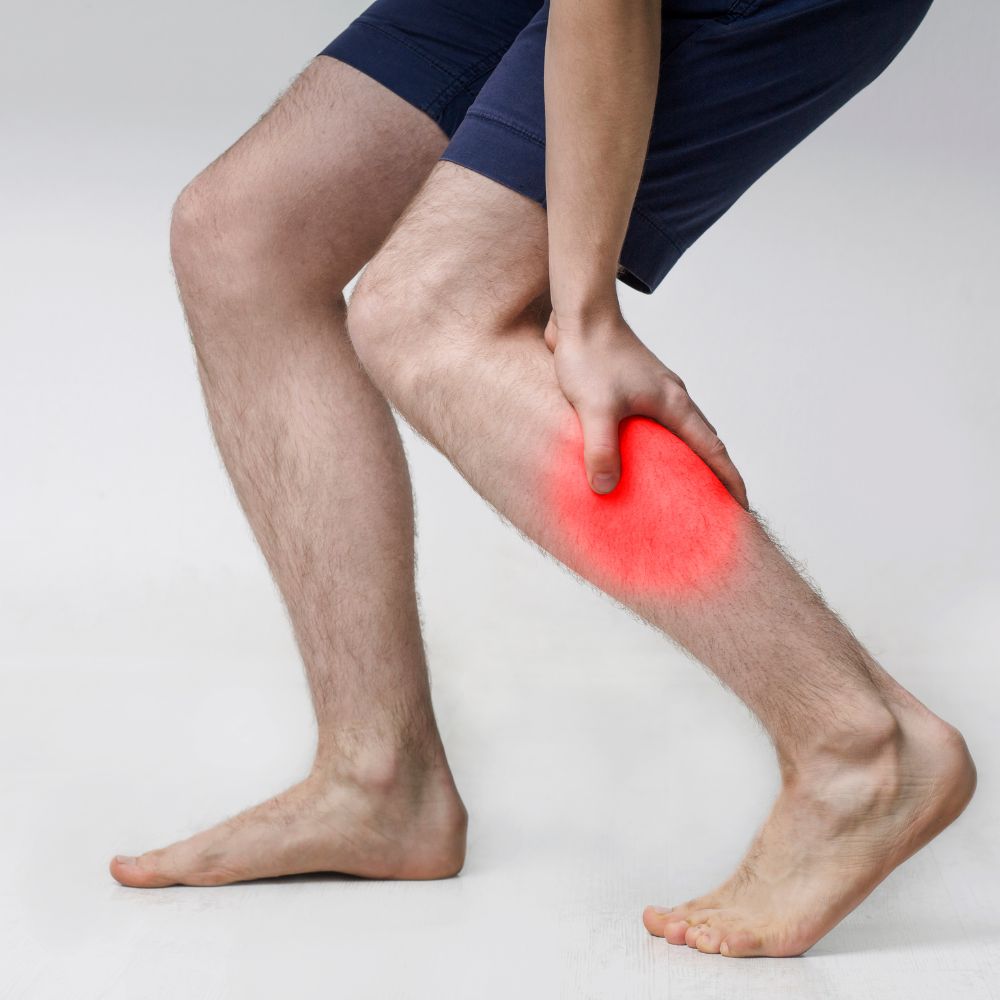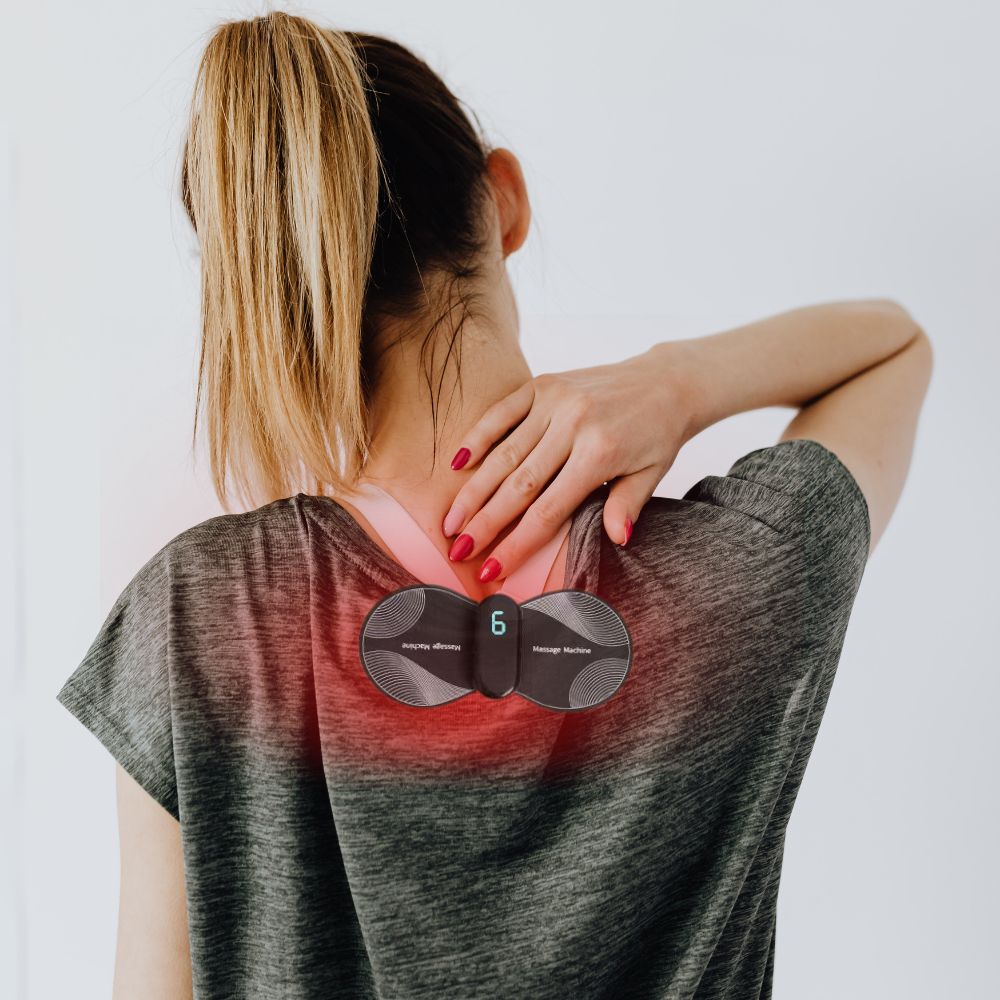Living with chronic pain can feel overwhelming. Whether it comes from an old injury, a health condition, or no clear cause, persistent pain can affect your daily life, mood, and wellbeing. If you’ve tried different treatments with limited success, you’re not alone. The good news: there are practical strategies to ease discomfort, support recovery, and help you regain control.
What Chronic Pain Really Means
Chronic pain is pain lasting longer than three months. It may be constant or intermittent, mild or severe. Unlike acute pain, which signals healing, chronic pain can continue without a clear endpoint.
Common conditions include arthritis, fibromyalgia, back problems, and nerve damage. Stress and emotional health also play a big role in how pain is experienced.
How to Recognise Pain Triggers
One of the most effective ways to manage chronic pain is recognising what makes it worse, or better. Tracking your pain in a simple journal can reveal patterns—whether related to activity, diet, sleep, or stress. Once you understand these, you can take steps to reduce flare-ups and make more informed choices.
What are my solutions?
Staying Active
Rest is important, but avoiding movement altogether can increase stiffness and muscle weakness. Gentle activities such as walking, swimming, or yoga can improve circulation, mobility, and pain relief. The key is pacing yourself and balancing activity with rest.
Mind–Body Care
Pain isn’t just physical—it’s influenced by how the brain processes it. Techniques like mindfulness, meditation, and deep breathing can reduce stress and help you reframe your pain response.
Pain Therapies
Complementary therapies such as massage, acupuncture, or physiotherapy often provide relief. At-home options like electrical nerve stimulation TENS (transcutaneous electrical nerve stimulation) therapy can also be effective. Portable and non-invasive, TENS devices deliver gentle electrical pulses that relax muscles, ease tension, and improve circulation.
Diet and Lifestyle Choices
An anti-inflammatory diet rich in vegetables, berries, nuts, and fish can help reduce pain, while limiting processed foods, excess sugar, and alcohol may lessen flare-ups.
Good sleep is equally vital. Poor rest increases pain sensitivity, so create a calming bedtime routine and minimise screen use to improve sleep quality.
Social Support
Pain can feel isolating, but connection makes a difference. Talk openly with friends and family, join support groups, or consider professional guidance. Cognitive-behavioural therapy (CBT) is especially effective for developing coping strategies.
Medicine
If lifestyle changes aren’t enough, consult your healthcare provider about furthe treatments, including medication.
Take Charge of Your Health
Chronic pain doesn’t have to define your life. By combining healthy habits, exploring therapies, and using tools like a wireless TENS device, you can ease pain and improve your quality of life.
Relief looks different for everyone—so be patient, keep experimenting, and celebrate each step forward.

